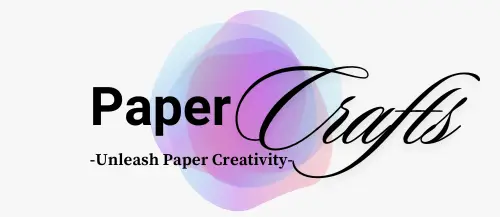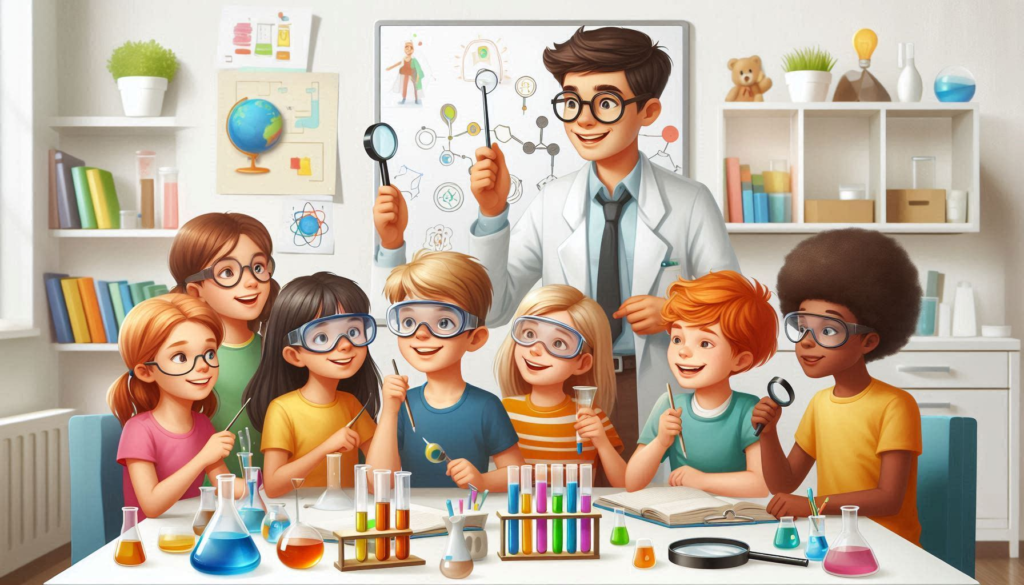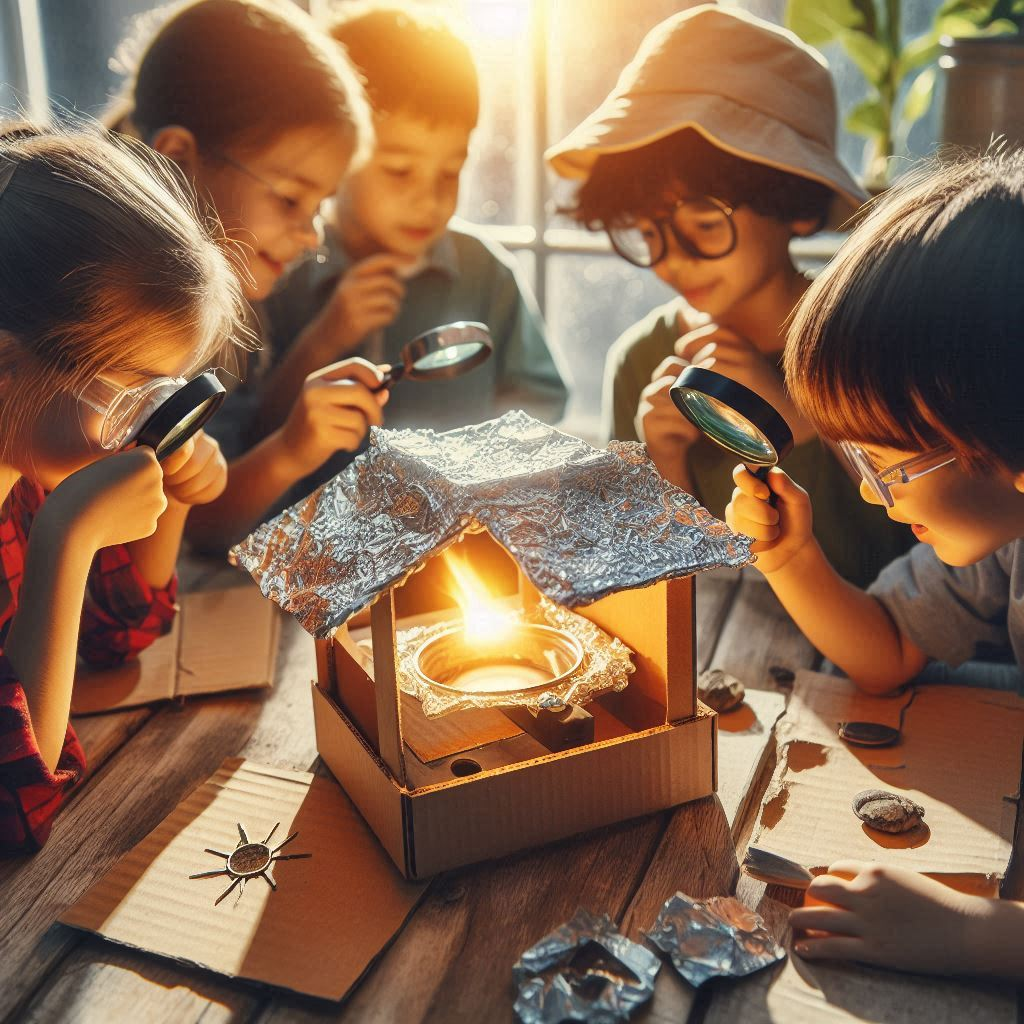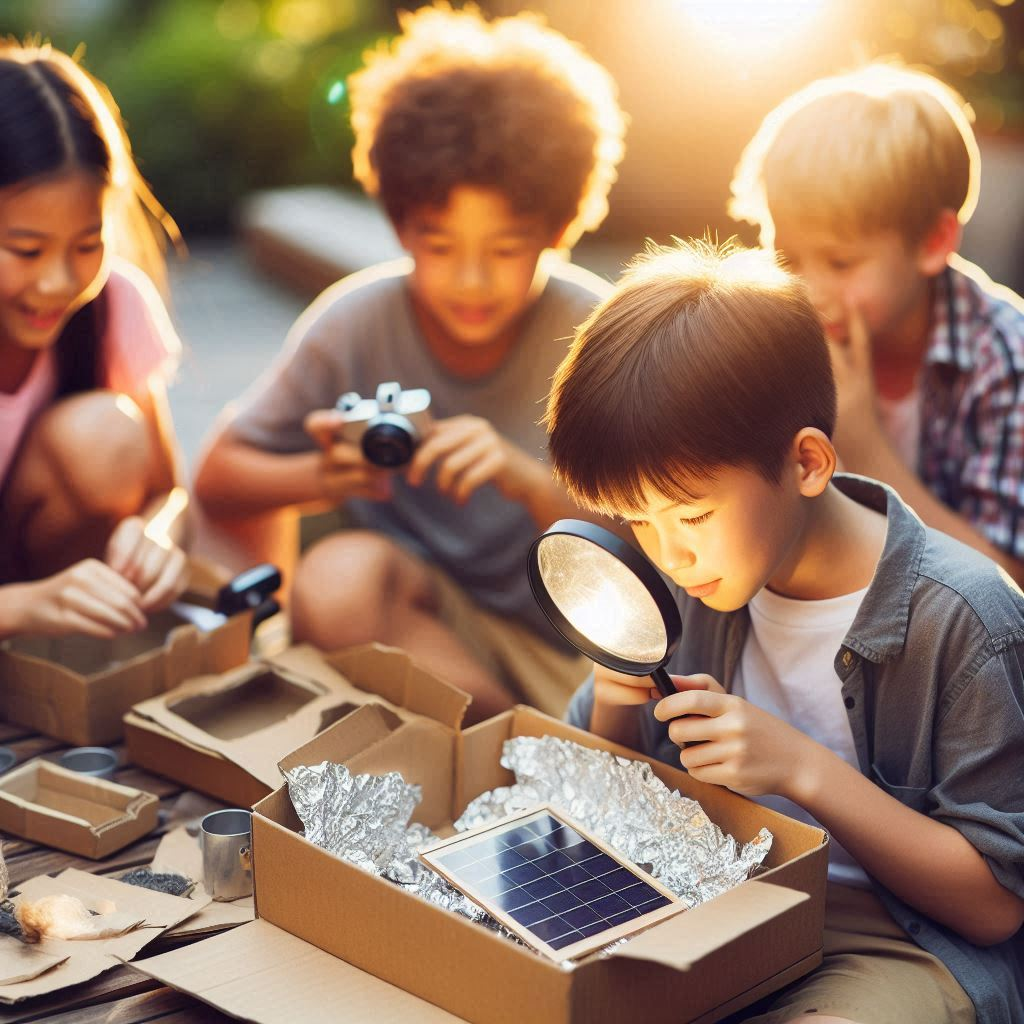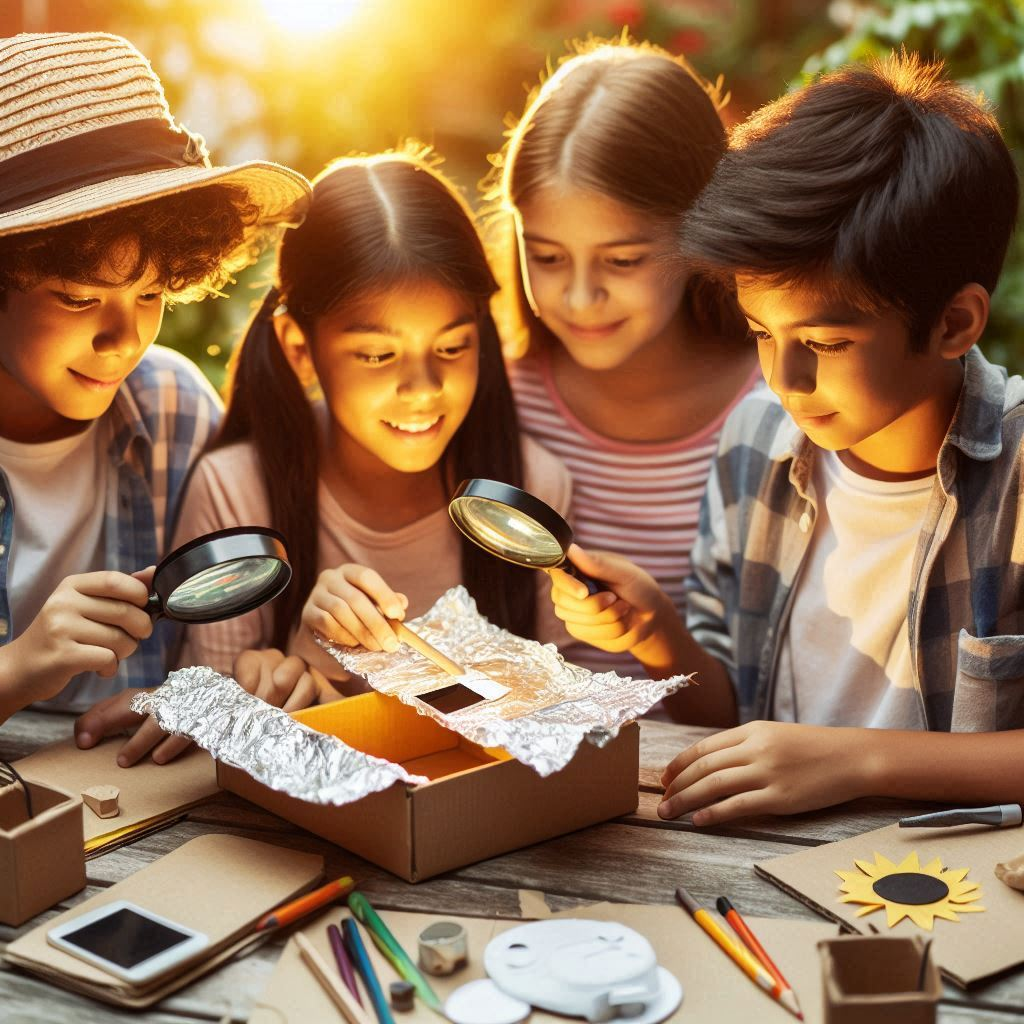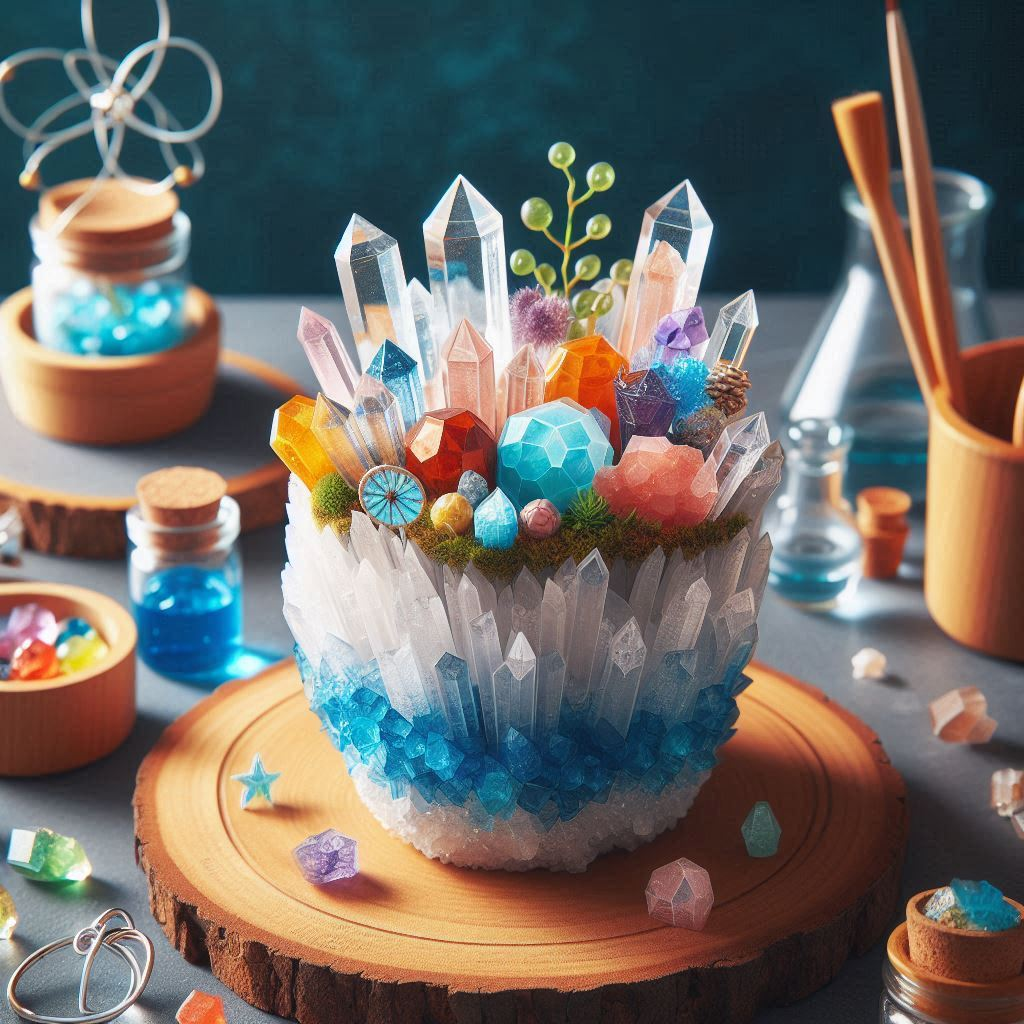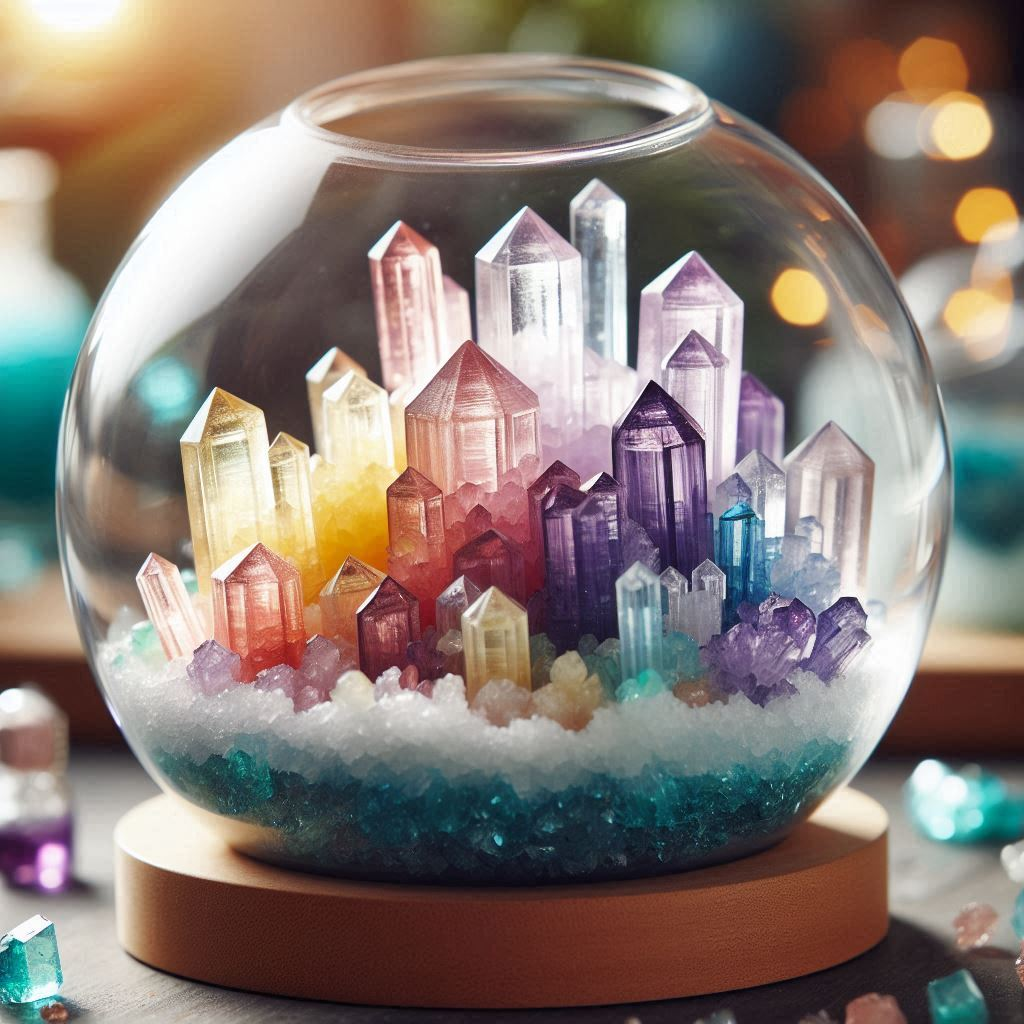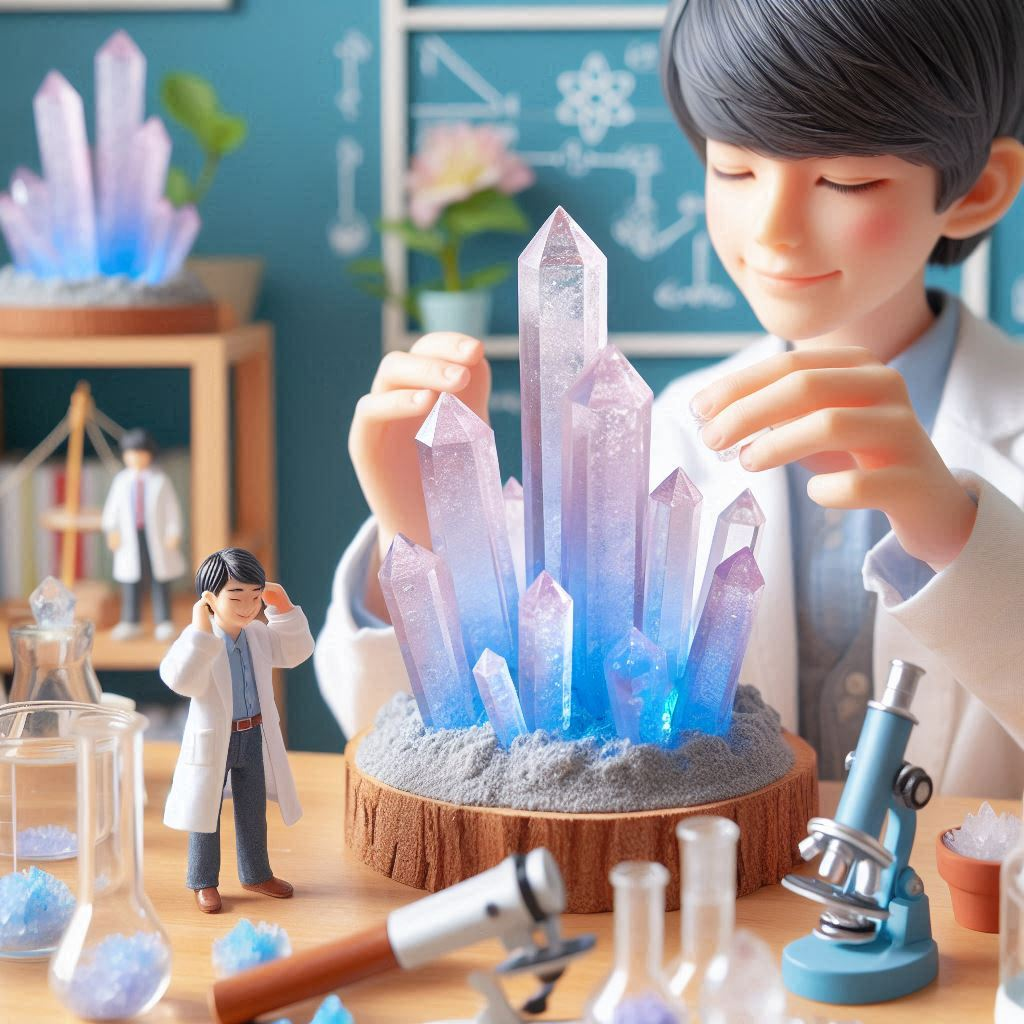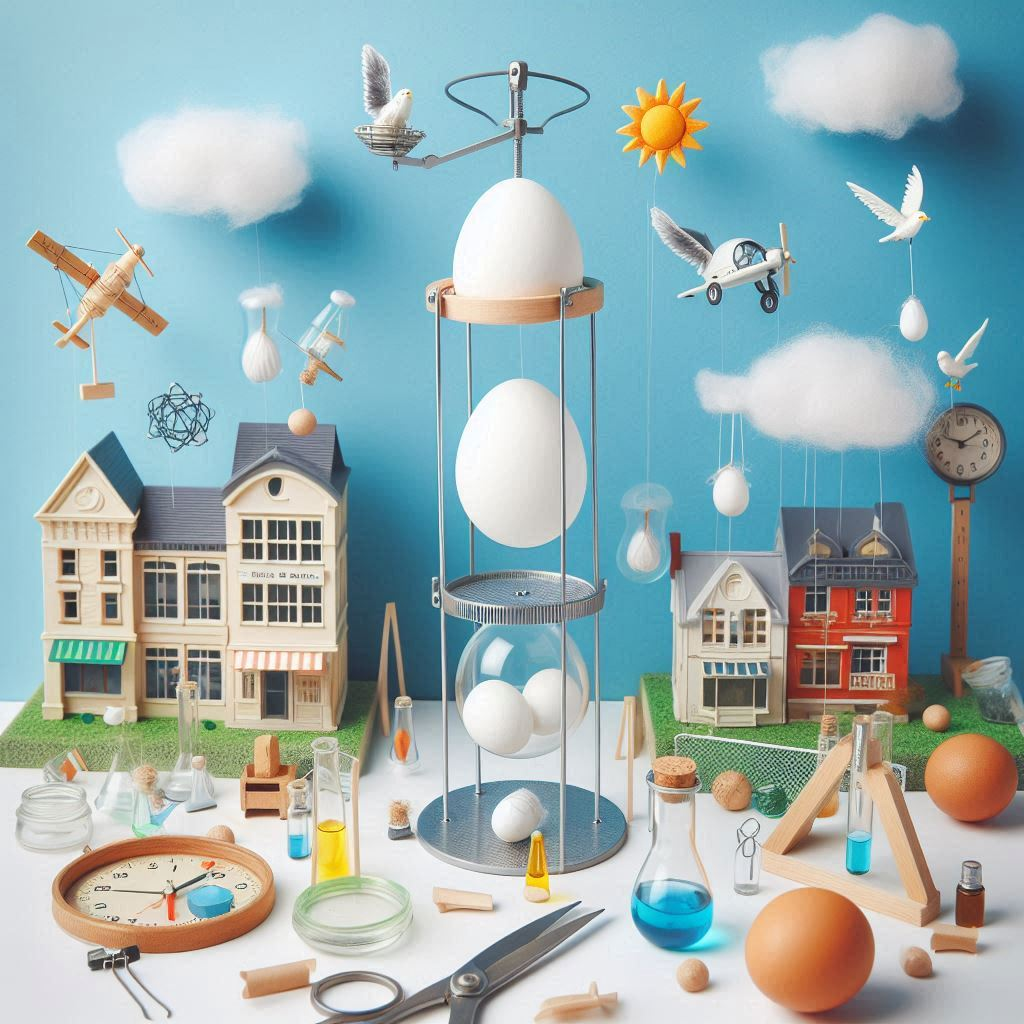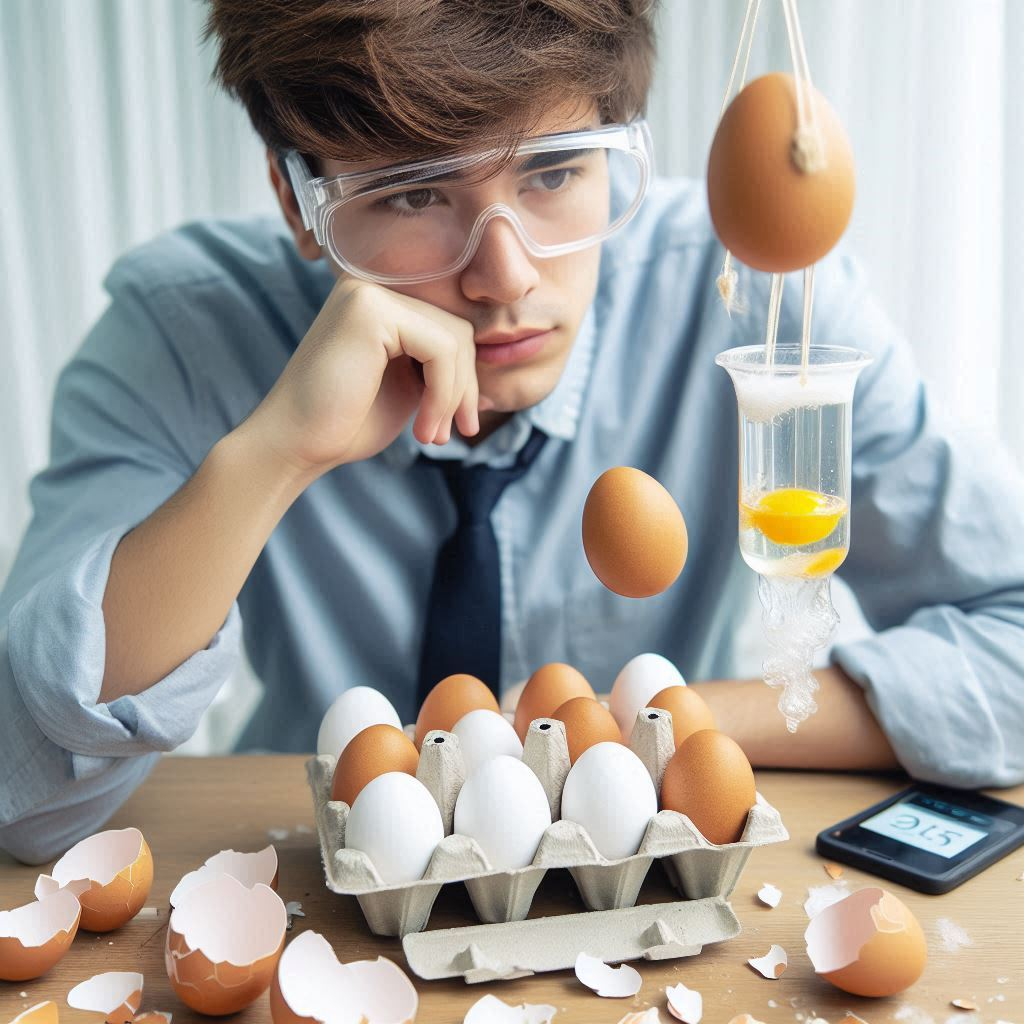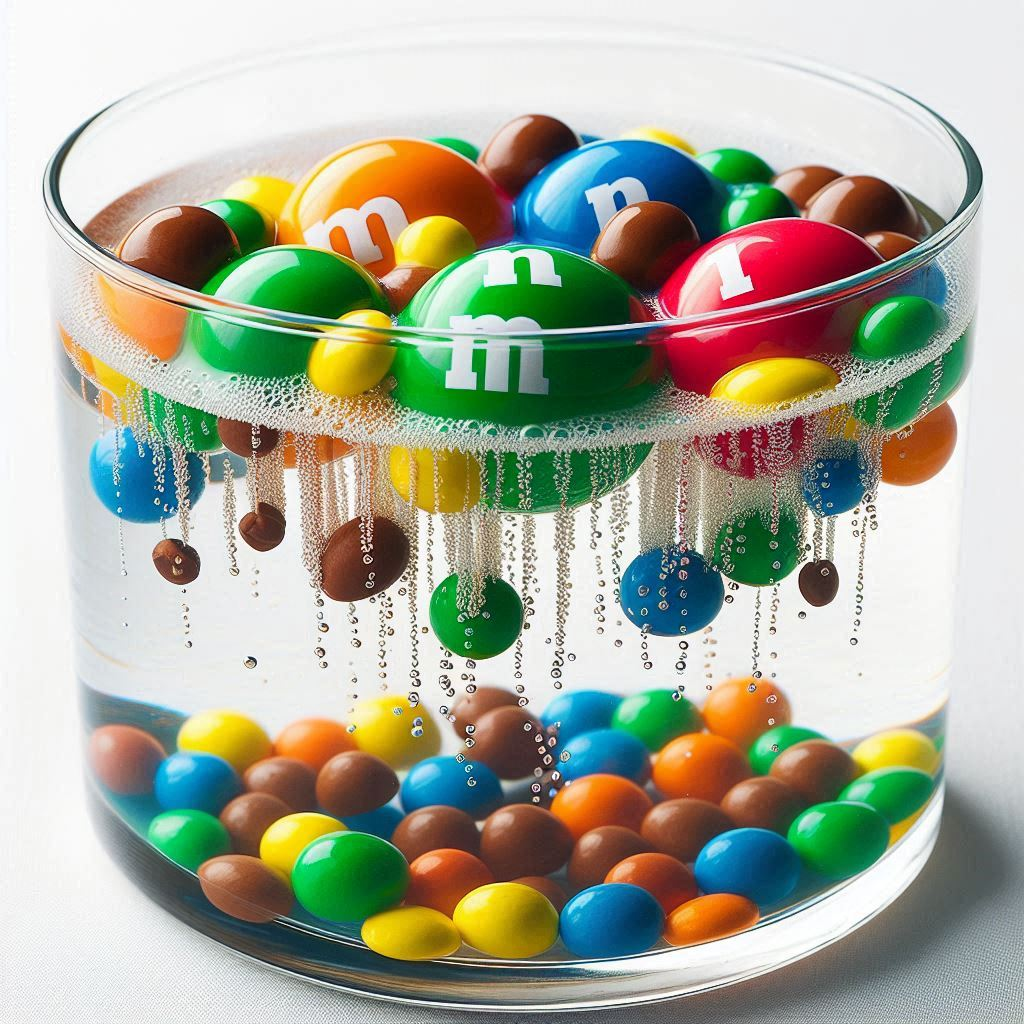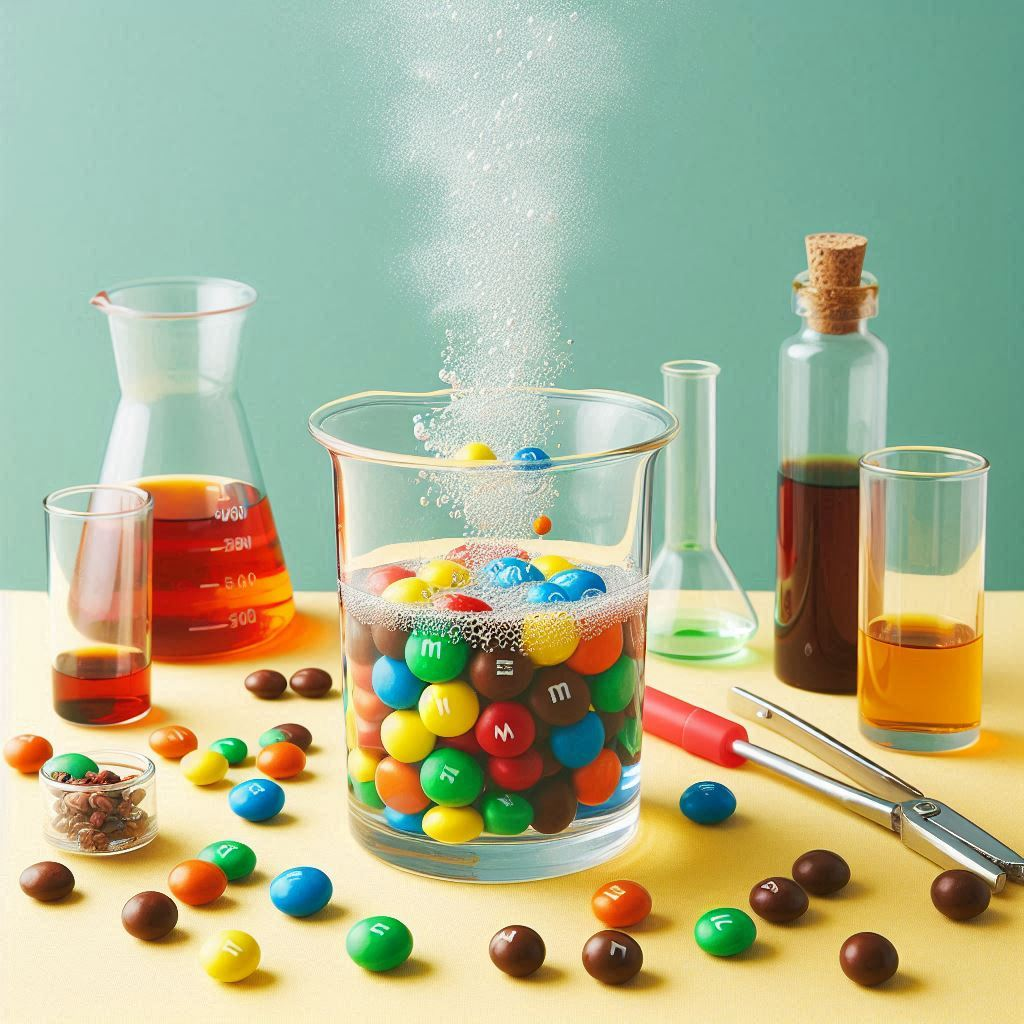7 Fun Science Crafts for Kids
Encouraging children to explore science through hands-on activities is a fantastic way to ignite their curiosity and passion for learning. Science crafts for kids not only make learning fun but also help them understand complex concepts in an engaging and interactive manner. Here are seven exciting science crafts that you can easily do at home or in the classroom, each designed to captivate young minds and foster a love for science.
1. Homemade Volcano
One of the most popular science crafts for kids is creating a homemade volcano. This classic experiment is both educational and thrilling, as children get to witness a chemical reaction firsthand.
Materials Needed:
- Baking soda
- Vinegar
- Food colouring
- Dish soap
- Small plastic bottle
- Clay or playdough
Instructions:
- Build the Volcano Structure: Use clay or playdough to mould a volcano shape around a small plastic bottle.
- Prepare the Eruption Mixture: Fill the bottle with baking soda, a few drops of dish soap, and food colouring.
- Erupt the Volcano: Pour vinegar into the bottle and watch as the volcano erupts with a foamy explosion.
This craft teaches children about chemical reactions, specifically the reaction between baking soda (a base) and vinegar (an acid), which produces carbon dioxide gas.
2. DIY Solar Oven
Creating a DIY solar oven is a brilliant way to introduce kids to the concept of renewable energy and the power of the sun.
Materials Needed:
- Pizza box
- Aluminium foil
- Plastic wrap
- Black construction paper
- Tape
- Ruler
- Scissors
Instructions:
- Prepare the Oven: Line the inside of a pizza box with aluminium foil, then place black construction paper on the bottom.
- Create the Lid Flap: Cut a flap in the box’s lid, cover the inside of the flap with foil, and attach plastic wrap over the opening.
- Cook with Solar Energy: Angle the flap to reflect sunlight into the box, place a small food item inside, and observe how the solar oven heats it up.
This activity demonstrates how solar energy can be harnessed to generate heat, making it a practical example of sustainable energy use.
3. Rainbow in a Jar
The rainbow in a jar experiment is a colourful way to teach children about density and how different liquids can stack on top of each other.
Materials Needed:
- Honey
- Corn syrup
- Dish soap
- Water
- Vegetable oil
- Rubbing alcohol
- Food colouring
Instructions:
- Layer the Liquids: Carefully pour each liquid into a jar, starting with the densest (honey) and ending with the least dense (rubbing alcohol), colouring each layer with food colouring for a rainbow effect.
- Observe the Layers: Watch as the liquids settle into distinct layers due to their varying densities.
This science craft visually demonstrates the concept of density and how it affects the behaviour of different substances.
4. Crystal Growing
Growing crystals is a fascinating science craft that allows children to observe the process of crystallisation and learn about the structures of minerals.
Materials Needed:
- Borax powder
- Water
- Pipe cleaners
- String
- Pencil
- Jar
Instructions:
- Create a Shape: Twist pipe cleaners into a desired shape and tie them to a string.
- Prepare the Solution: Dissolve borax in hot water and pour the solution into a jar.
- Grow the Crystals: Suspend the pipe cleaner shape in the solution using a pencil and let it sit overnight.
As the solution cools, crystals will form on the pipe cleaners, demonstrating the crystallisation process and the formation of solid structures from a solution.
5. Balloon Rocket
The balloon rocket experiment is a fun way to teach kids about Newton’s third law of motion – for every action, there is an equal and opposite reaction.
Materials Needed:
- Balloon
- String
- Straw
- Tape
Instructions:
- Set Up the Track: Thread a string through a straw and stretch it between two points.
- Prepare the Rocket: Inflate a balloon but don’t tie it off. Tape the balloon to the straw.
- Launch the Rocket: Release the balloon and watch it propel along the string as the air escapes.
This craft demonstrates the principles of action and reaction forces in a simple and entertaining way.
6. Egg Drop Challenge
The egg drop challenge is a fantastic activity that encourages kids to think like engineers as they design a contraption to protect an egg from breaking when dropped.
Materials Needed:
- Raw eggs
- Various household materials (e.g., straws, tape, bubble wrap, paper, plastic bags)
Instructions:
- Design and Build: Challenge children to use the materials to create a structure that will protect their egg.
- Test the Designs: Drop the egg contraptions from a height and see which designs keep the eggs intact.
This activity promotes problem-solving skills and an understanding of the principles of physics and engineering.
7. Floating M and M Experiment
The floating M and M experiment is a simple yet intriguing way to demonstrate the concept of dissolution and the properties of materials.
Materials Needed:
- M and M sweets
- Water
- White plate
Instructions:
- Arrange the M and Ms: Place a few M and Ms on a white plate, spaced apart.
- Add Water: Pour a small amount of water onto the plate, just enough to cover the bottom.
- Observe the Magic: Watch as the coloured coating dissolves, leaving the letter “M” floating on the water.
This experiment shows how certain materials dissolve in water while others do not, highlighting the differences in the solubility of substances.
These seven science crafts for kids are perfect for sparking curiosity and fostering a love for learning. They offer hands-on experiences that are both educational and fun, making science accessible and exciting for children of all ages.
